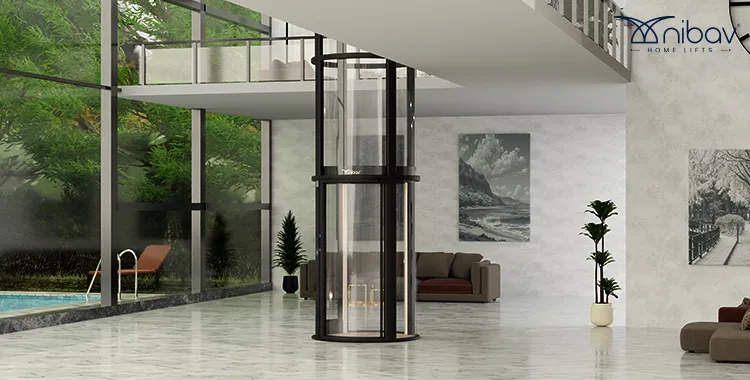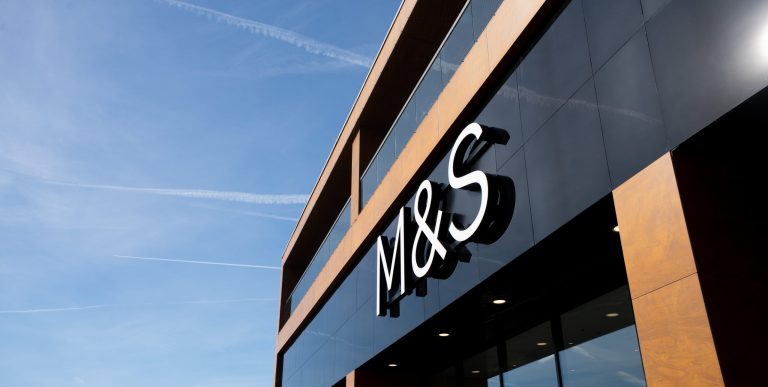Whether you need to dig a trench or condition soil, a skid steer is the perfect machine for the job. If you are tight on time or have a strict budget, renting is superior to buying — you don’t have to worry about maintenance, technology add-ons or long-term investment implications. To rent a skid steer, you need to speak with a heavy equipment provider. Local dealers can streamline the process because they have dedicated teams in place. Additionally, they are highly knowledgeable, enabling them to guide your decision-making process. Where can you find the best rental stores in Northern Virginia? What Are the Best Places to Rent a Skid Steer? You can rent a skid steer from heavy equipment rental companies, large home improvement stores or online platforms for classified advertisements, such as Facebook Marketplace or Craigslist. Generally, the first option is the best because it offers the most variety. Also, you gain access to a dedicated team whose sole job is to support you. Renting from chain home improvement stores is typically more expensive. Moreover, since they often only require customers to have a valid driver’s license, you may get a damaged piece of equipment. The sales associates are not certified or trained to work on these machines, so they may unknowingly rent you a defective item. If it fails during your rental period, you may be stuck with the bill. Companies that specialize in heavy equipment perform inspections between each rental to ensure everything is in good condition. Many businesses have dedicated maintenance and customer support teams, so they can assist you with everything from selecting the best model for your project to troubleshooting mechanical issues on-site. Methodology for Choosing the Best Equipment Suppliers The top heavy equipment suppliers were carefully selected for their extensive, diverse inventories. If you need to navigate a tight space, compact machinery is ideal for the job. However, when you need to trench a large area, you want equipment with a large operating capacity. Having a wide range of models, sizes and loads allows them to meet your project’s needs better. Attachment variety is another important criterion. It is not a dealbreaker, but it does add value to rental services. The standard multipurpose bucket is practical, but augers, hydraulic hammers or mulchers may suit your needs better. Companies that offer a broad selection rank above those that don’t. The best suppliers go beyond the initial rental stage, offering value-adding services like equipment delivery, on-site maintenance, emergency repairs and ongoing customer support. Some of the larger companies provide advanced technology features, online management platforms or centralized data dashboards. 6 Best Equipment Suppliers in Northern Virginia Whatever you need, these suppliers can provide you with a solution. Their high-quality product lineups and years of top-notch customer service make them the best choices for skid steer rental in northern Virginia and the surrounding states. GT Mid Atlantic has eight locations and is well-equipped to serve northern Virginia, Philadelphia, Maryland, Delaware, Washington D.C. and New Jersey. It is an officially licensed dealer for over 30 of the top heavy equipment brands. It stocks various new, used and rental equipment, so it has a relatively large inventory. In addition, it provides value-adding services such as same-day parts shipping, on-site servicing and equipment delivery. Skid Steers for Rent GT Mid Atlantic is an excellent choice if you want to rent a skid steer but are on a tight budget, as it offers competitive rates. It also provides various deals and specials throughout the year, as well as daily, weekly and monthly rentals. Model SR160 SR175 SV185 SR210 SR240 SR270 SR280 SV340 TS80R2 TS80V2 Horsepower 57 64 57 68 68 84 68 84 74 74 Capacity 1,600 lbs. 1,750 lbs. 1,850 lbs. 2,100 lbs. 2,400 lbs. 2,700 lbs. 2,800 lbs. 3,400 lbs. 7,950 lbs. 8,965 lbs. In 1957, a group of local farmers and orchardists founded Winchester Equipment Co. to meet the area’s agricultural equipment needs. Since then, it has expanded into construction, material handling and outdoor power equipment. It is still locally owned and operated. It primarily serves the Winchester area, but its service area extends across the state. It has five convenient locations in Bristow, Virginia Beach, Ashland and Harrisonburg. Skid Steers for Rent Winchester Equipment offers models from Krone, Stihl®, Cima, Kubota, JLG and eXmark. It is also an authorized Bobcat® and Toyota dealer. Since it has daily, weekly and monthly rentals, you have maximum schedule flexibility. Contact the rental department for information on specific models and specifications. For added protection, you can enroll in the Rental Protection Plan, which offers additional coverage for unplanned accidents. It is a partial waiver of claims for damage or destruction, not insurance or a warranty. Excel Equipment has branches in Roanoke, Fisherville, Tidewater, Ashland and Lynchburg, so you will not have to drive far to pick up your heavy equipment rental. If you live far away, you can use transport services to have the machine delivered to your jobsite. Skid Steers for Rent Unlike many other companies, Excel offers long-term rentals. Whether you need your rented skid steer for weeks, months or even longer, it has you covered. Since it offers a full-service rental program, dedicated staff are available for assistance day or night, even on the weekends. If you experience a mechanical issue during your long-term rental, factory-certified technicians can provide roadside or on-site maintenance. After-hours and emergency repair services are also available. These professionals can work on all makes and models. Family-owned heavy equipment rental company Brandywine Rentals has been passed down through three generations of the Meinhardt family. Its founders had decades of industry experience when they established the business in 1995. It serves homeowners and large construction companies in Washington, D.C., and the northern Virginia area. It is open from 7 a.m. to 5 p.m., Monday through Friday, and by appointment on Saturdays. Skid Steers for Rent The skid steer brands include Vermeer, Bobcat, Takeuchi and Cat. Each product listing displays the daily, weekly and














